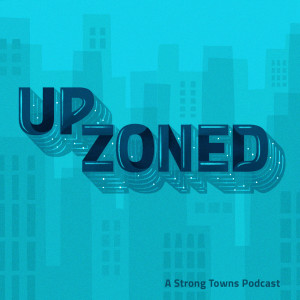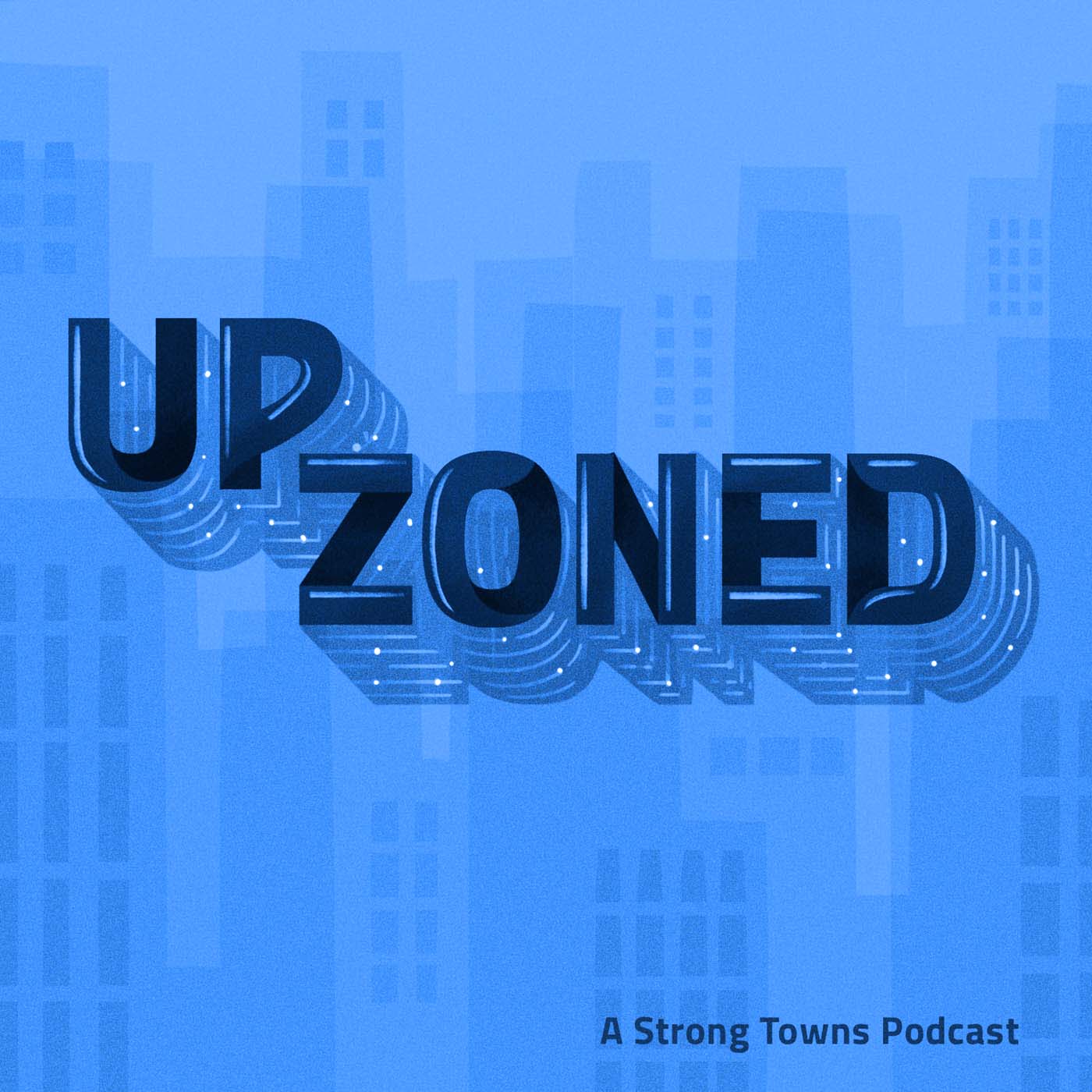Episodes

Friday Mar 15, 2019
Why Does Your City Stop When It Snows?
Friday Mar 15, 2019
Friday Mar 15, 2019
In the vast majority of North American towns, a few heavy winter snowfalls per year is just an annoying fact of life. So why do some of the most predictably snowy places seem to become paralyzed every time the storms roll through—and not always because the plows can’t physically do their work?
That’s the question some residents in Milwaukee are demanding an answer to. While much of America is finally thawing out for spring, they’re still buried—and according to a recent article from Urban Milwaukee, part of the blame lies in their city’s finances.
That made us wonder: how does funding for snow clearance really work? Are constantly snow-buried streets in a city that sees harsh winter weather every year a symptom that your place could get stronger, or could get better at planning its plow routes, or adopt a better funding system for winter road maintenance or…something else entirely? And how can a Strong Towns approach help get our roads clear—or, more importantly, help us design streets that still work for all users when the big storm comes, whether they’re driving or on foot?
We sat down with Kevin Germino—Milwaukee resident, long-time Strong Towns member, and year-round pedestrian who has climbed a 6-foot mound of ice on his way to work—to ask what he thought about his city’s problem from an on-the-ground perspective. And then we talked about the power of Strong Citizens to offer the kind of knowledge our engineers don’t always seek: the unique insights of being an every day road user who’s just trying to get where they’re going.
Then in the downzone, Kevin talks about his favorite e-newsletter, Bloomberg’s Money Stuff, and their excellent coverage of Elon Musk’s latest meltdown. And Kea delves into her latest read: Susan Orlean’s The Library Book, a novelistic non-fiction account of the 1986 burning of the Los Angeles Public Library’s central branch that doubles as a love letter to the role libraries play in our communities.
(Top photo via Creative Commons)


Comments (1)
To leave or reply to comments, please download free Podbean or
As Kevin stated, Milwaukee recieved a season's worth of snow within five weeks. Equipment, manpower and overtime is something that can be added but two of those three elements you cannot plan in advance and almost impossible to add on the fly. Another issue is snow melt and places to put it. If you get a huge dumping in a short time - in a densely populated area - you're going to have issues. Look at places like Toronto and the issues they have when unexpected snowfall occurs.
Saturday Mar 16, 2019
To leave or reply to comments,
please download free Podbean App.